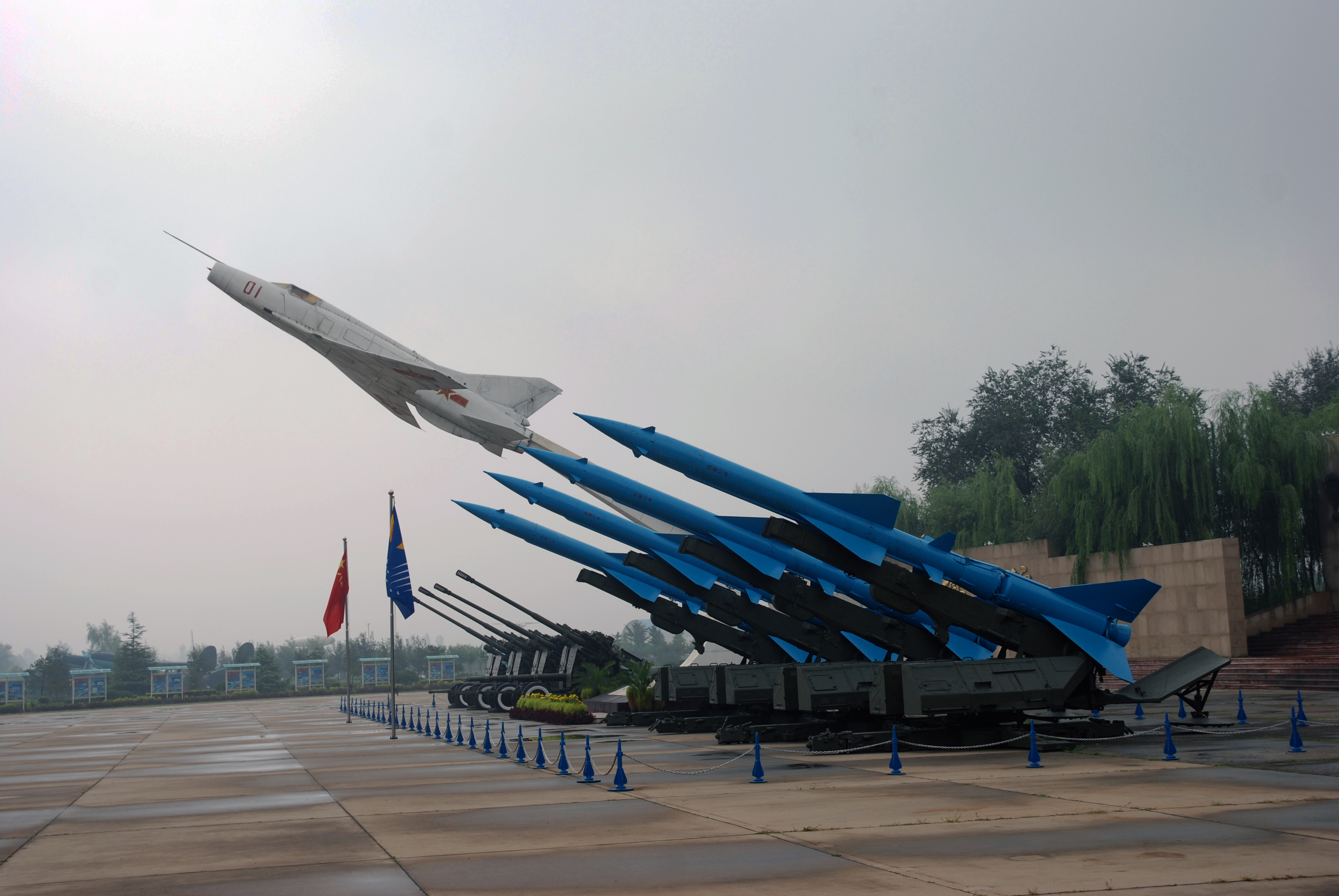As China’s air force (PLAAF) boasts of being equipped with indigenously-built stealth fighter jets, the country’s very first locally produced lightweight short take-off and landing (STOL) fighter aircraft, the Nanchang J-12 remains forgotten.
SNEAK PEEK: Did China Accidentally Reveal Its New Anti Radiation Missile On Board J-11BS Flanker?
The Jianjiji-12 was the first jet fighter designed and produced by Chinese technology. The proposal for the requirement of the new fighter arose with the launch of the Great Proletarian Cultural Revolution of 1966, placing China’s Air Force under the influence of the political class.
The Great Proletarian Cultural Revolution came into existence with the enlarged Political Bureau meeting of the Central Committee of the Party in May 1966 and the 11th Plenary Session of the Eighth Central Committee in August 1966.
The PLA Air Force started the “Small Fighter” project in 1967 with the aim to develop “airborne guerrilla warfare” at the center of the design concept, which meant the new fighter should be smaller, lighter, and more agile.
Based on the theory of “Air bush-fighting”, the Chinese Air Force looked for an agile, short-distance takeoff and landing, easy maintenance, and low-cost small fighter.
It was after the Six-Day War in the Middle-East between Israel & Arab World in June 1967 that replacement was sought for the Shenyang J-6 — a Chinese-built version of the Soviet-designed MiG-19, manufactured in huge numbers.
Around 80 MiG-19s were in service with Egypt during the Six-Day War in June 1967, but more than half were destroyed on the ground during the opening Israeli airstrikes of Operation Focus. Israeli pilots, however, did find the MiG-19 a potentially dangerous adversary because of its performance, maneuverability, and heavy armament.

Its poor performance during conflicts in Southeast Asia and the Middle East had called for an aircraft capable of performance in low altitude, short takeoff and landing run, and simplicity.
Two designs were proposed, one by Shenyang Aircraft Factory, the J-11, and the other were by Nanchang Airplane Company, the J-12. Nanchang took the job and responded with a four-ton design with a nose intake for its single WP-6 afterburning turbojet.
In 18 months, detailed design, wind tunnel tests, and the production of three prototypes were done for J-12. As per The War Zone, the first flight was conducted on December 26, 1970, along with a second flying prototype taking part in evaluations and a third prototype deployed for static ground tests.
Developed under aviation designer Lu Xiao-Peng, the lightweight single-seat air superiority fighter was powered by a single WP-6 engine with a maximum rating of 3454kg. The J-12 has been recorded as the lightest of a fighter jet with 4,450 kg takeoff weight and 3,100kg fuselage weight.
The aircraft’s agility was relatively good due to the small body but it lacked space for weapons, including a 23mm gun and one 30mm gun. Factors such as the absence of radar, not enough space for fuel, limited weight, and air intake design, the J-12 could never be a success.
The aircraft’s maximum level speed at 11,000 meters altitudes was over Mach 1.5, surpassing the J-6, its upper air cruising speed was Mach 0.95. Its profound impression and approval from pilots lasted its development till 1977. Among some other impressive characteristics included the sea-level altitude maximum climb rate of 180 meters/seconds.
The prospects for the J-12 initially looked good after it was demonstrated to high-ranking Communist Party and air force officials in September 1973.
According to input provided by a defense website, Global Security – “After three years of test flights beginning in 1970, Nanchang made a series of revisions to the design to cope with problems including poor engine performance. Indifferent results achieved during flight testing led to the J-12 being subjected to considerable redesign,”
The structure was simplified and lightened, area ruling was applied to the fuselage, the air intake was redesigned, the gun armament was moved aft and simple split flaps supplanted an arrangement of slats and triple-slotted flaps.”
However, the jet was unable to fulfill the requirements of a modern fighter jet even after several improvements. The program was wrapped up in January 1977 after 135 flights that included just over 61 flying hours.
Despite falling short of expectations, the J-12 was ahead of the J-6 in terms of maneuverability, speed, acceleration, ceiling (over 57,000 feet), and take-off and landing performance.
However, with the PLAAF considering the J-12 too small and light to be a useful combat asset, the program was officially terminated in February 1978.
According to defense writer, Thomas Newdick, writing for The Drive– “It’s tempting to wonder whether the fate of the J-12 would have been different had it been large enough to incorporate a more useful load of fuel, avionics, and weapons. As it was, the PLAAF had to wait until the mid-2000s before it got its hands on a truly effective indigenous “lightweight” fighter, the Chengdu J-10,”
However, as the progenitor of what’s today a flourishing Chinese military aerospace industry, the J-12 certainly deserves more than a footnote in the country’s aviation history.”




